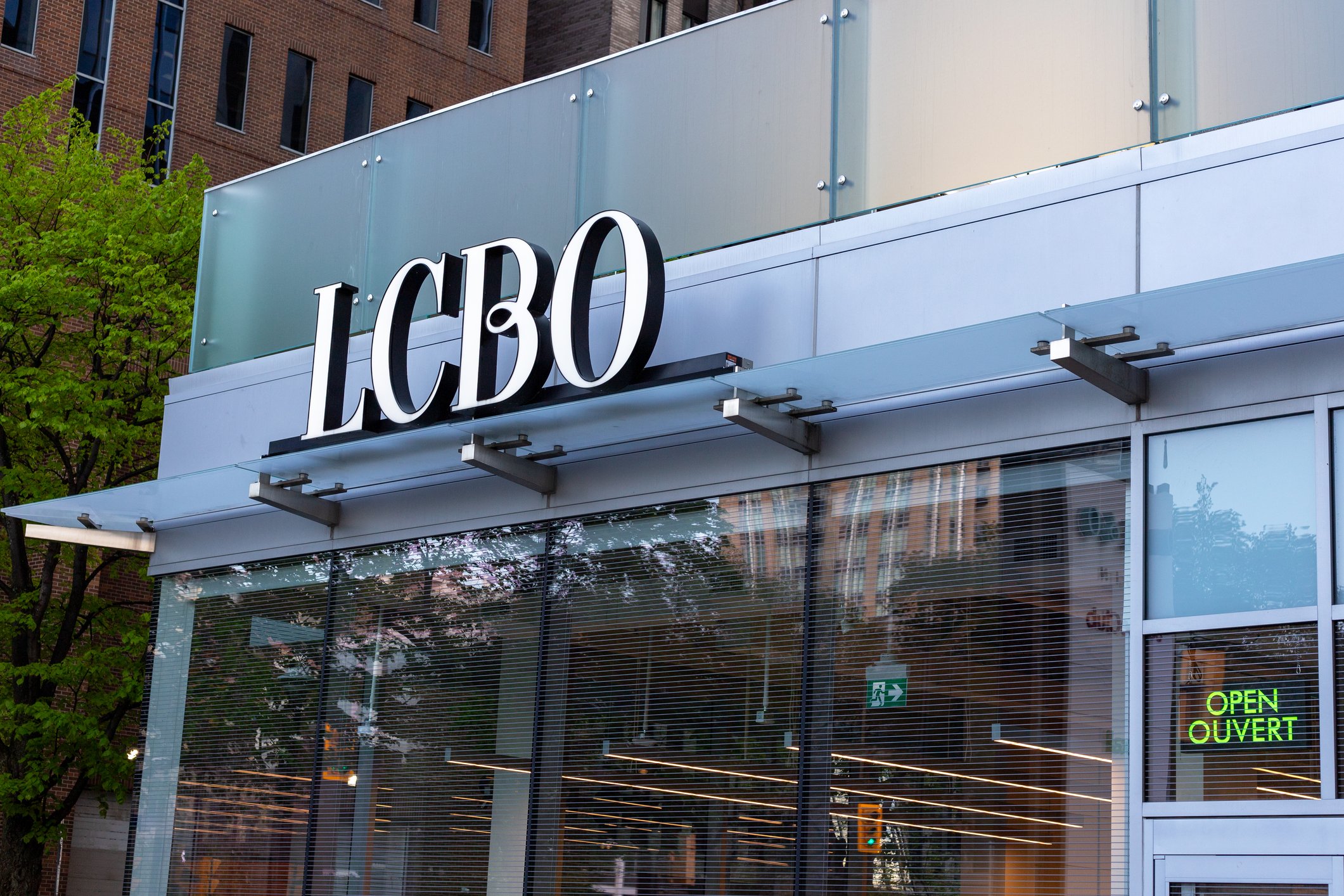In a bizarre display of economic retaliation, government-operated liquor stores across Canada have begun removing American-made alcohol from their shelves as part of a coordinated nationwide effort.
The move, directed by provincial leaders in response to newly imposed U.S. tariffs on Canadian goods, has seen iconic American brands like Jack Daniel’s, Jim Beam, and Tito’s Vodka vanish from stores in provinces such as Ontario, British Columbia, Nova Scotia, Manitoba, and Quebec.
However, critics argue that this bold gesture is more political theater than substantive action, given that the alcohol in question has already been paid for and Canada’s tightly controlled, socialized liquor system limits its economic leverage.
Some are saying the government is now squandering tax dollars by removing taxpayer purchased booze without turning a profit, or at least getting their money back on the investment.
Canada’s alcohol market is unique in that it operates under strict government control, a legacy of post-Prohibition policies aimed at regulating consumption and generating revenue.
Unlike the U.S., where private retailers dominate, provinces like Ontario rely on entities such as the Liquor Control Board of Ontario (LCBO) to monopolize wholesale and retail alcohol sales.
The LCBO alone generates billions annually, including nearly $1 billion from American wine, beer, spirits, and seltzers. Similar government-run agencies, like Manitoba Liquor and Lotteries (MBLL) and the Nova Scotia Liquor Corporation (NSLC), operate in other provinces, ensuring that every bottle sold passes through a socialized system designed to prioritize public health and provincial coffers over free-market competition.
This centralized model gives provincial governments unparalleled authority to dictate what appears on shelves—a power now being flexed to send a message to the United States. On February 3, Ontario Premier Doug Ford announced that American products would be pulled from LCBO stores and its wholesale catalogue starting Tuesday, February 4, a directive echoed by leaders in British Columbia, Nova Scotia, Manitoba, and beyond. The stated reason: retaliation against U.S. President Donald Trump’s 25% tariffs on Canadian imports, enacted to address concerns over fentanyl trafficking and illegal migration.
While the move has been framed as a decisive strike in an escalating trade war, there’s a catch—all the American alcohol currently on Canadian shelves has already been purchased. The LCBO, MBLL, NSLC, and their counterparts paid U.S. suppliers months ago for the stock now being removed, meaning American distilleries and breweries won’t feel an immediate financial hit. Instead, the burden falls on Canadian consumers and businesses, particularly restaurants and bars that rely on the government monopoly for their supply. With wholesale access to U.S. products cut off, these establishments face limited options unless they turn to pricier domestic alternatives.
Critics argue this renders the effort largely symbolic.
“The U.S. doesn’t care if we yank their bottles off the shelves after we’ve already paid for them,” said Toronto-based economist Michael Hart. “This is a feel-good move for politicians, not a real economic counterpunch.”
Hart and others point out that Canadians seeking American brands could simply cross the border, where even Canadian-produced alcohol often costs less due to lower taxes and a more competitive market.
With the Canadian dollar hovering around 73 cents USD, cross-border shopping could undermine the ban’s impact entirely.
The decision also highlights the quirks of Canada’s socialized alcohol system, which prioritizes government control over consumer choice. Established in the 1920s to curb the excesses of the Prohibition era, this model has persisted despite criticism for its inefficiencies and high prices. The LCBO, for instance, marks up imported goods significantly, a practice that has long frustrated consumers but padded provincial budgets. Now, that same system is being weaponized for political ends, with premiers like Ford and Manitoba’s Wab Kinew framing the removal of U.S. alcohol as a patriotic stand against American aggression.
Yet skepticism abounds. Beyond the fact that the stock is already bought, the ban’s enforcement is inconsistent—British Columbia, for example, is targeting only “red state” liquor, a nod to U.S. political divisions rather than a comprehensive economic strategy. Meanwhile, Canada’s federal government has imposed its own $107 billion in retaliatory tariffs on American goods, suggesting the liquor purge is just one piece of a broader, somewhat disjointed response. “This is less about hurting the U.S. and more about rallying Canadians around a cause,” said political analyst Sarah Nguyen. “It’s performative when your system’s already so rigid that consumers don’t have much say anyway.”
A Show With Limited Substance
As shelves empty and “Buy Canadian Instead” signs pop up in liquor stores from Vancouver to Halifax, the nationwide effort underscores both the power and the limitations of Canada’s government-controlled alcohol regime. While it’s a flex of provincial authority, the move’s economic bite is dulled by prepaid stock, porous borders, and a domestic market that can’t fully replace the variety of American imports overnight. For now, the message is clear—Canada won’t take U.S. tariffs lying down—but whether this translates to real leverage or just a splashy headline remains to be seen.
As one X user put it, “Who cares? The LCBO already paid for the U.S. booze, and now we’ll just buy it cheaper across the border.” In a trade war fueled by tit-for-tat posturing, Canada’s liquor ban may be loud, but its echo might not reach far.

